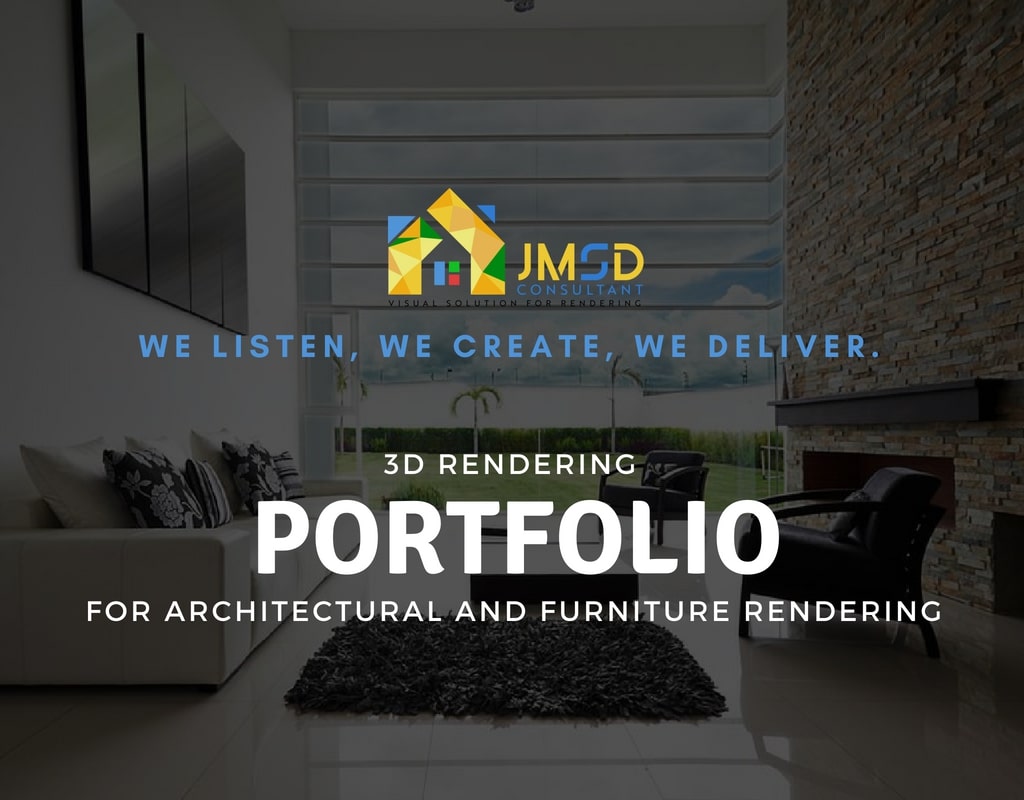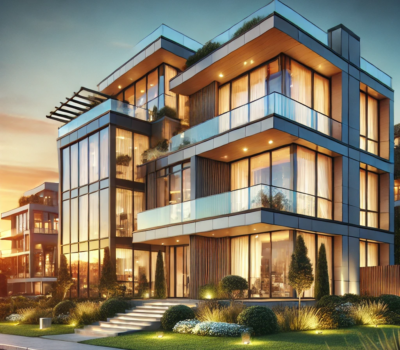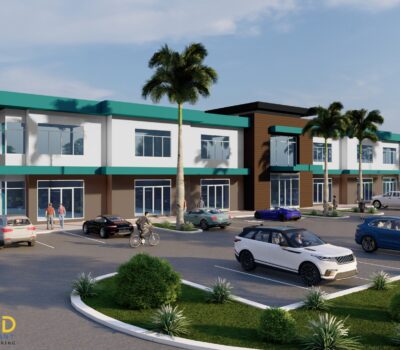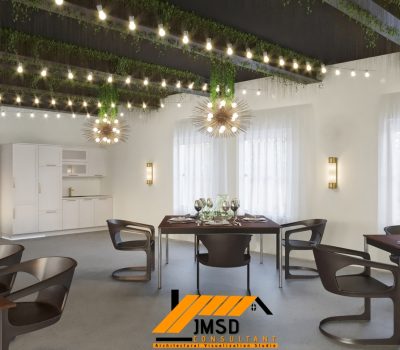Winter 3D rendering has emerged as a captivating and essential aspect of architectural visualization. As technology advances, architects and designers are now able to showcase their projects in serene wintry settings, providing a unique and immersive experience for clients. In this, we’ll delve into the intricacies of winter 3D rendering, exploring its process, benefits, case studies, challenges, industry trends, tools, tips, and future prospects.
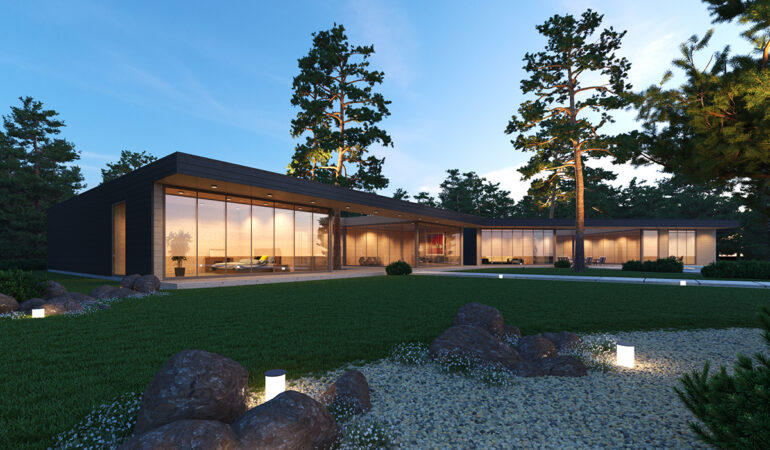
Introduction : Tips 3D Renderings Work to Showcase Your Architecture Portfolio
A. Definition of Winter 3D Rendering
Winter 3D rendering involves the creation of digital representations of architectural projects with a focus on wintry environments. It aims to showcase designs in the context of snow, ice, and other winter elements, providing a realistic and visually stunning presentation.
B. Importance in Architectural Visualization
Architectural visualization Portfolio plays a crucial role in conveying design concepts to clients. Winter 3D rendering takes this a step further by allowing architects to showcase their projects in seasonal settings, offering a more comprehensive and engaging experience.
The Process of Winter 3D Rendering to Showcase Your Work
A. Initial Project Brief
The process begins with a detailed project brief, outlining the specific requirements and objectives of the winter 3D rendering. This includes the desired level of realism, the integration of winter elements, and any specific client preferences.
B. 3D Modeling
Once the brief is established, the next step involves creating a 3D model of the architectural project. This includes the structure, landscaping, and any additional elements that contribute to the overall design.
C. Texturing and Lighting
Texturing and lighting are crucial aspects of winter Realistic 3D rendering Services textures are applied to surfaces, and lighting is adjusted to mimic the natural play of light in a winter setting, creating a visually appealing and authentic atmosphere.
D. Integration of Wintry Elements
The distinctive feature of winter 3D rendering lies in the integration of wintry elements. Snow-covered landscapes, frosty trees, and frozen water bodies are added to enhance the winter ambiance and bring the design to life.
E. Final Touches
The final touches involve refining details, ensuring a seamless integration of all elements, and making adjustments based on client feedback. This phase is crucial in achieving a high level of realism and client satisfaction.
Benefits of Showcase Your Work
A. Enhanced Realism
Winter 3D rendering adds an extra layer of realism to architectural visualization. Clients can visualize how a project will look in the winter months, considering factors such as snow accumulation and changing lighting conditions.
B. Client Engagement
The immersive nature of winter 3D rendering enhances client engagement. It allows clients to connect with the project on a deeper level, fostering a better understanding of the design and increasing overall satisfaction.
C. Seasonal Marketing Advantage
Architects and designers can gain a seasonal marketing advantage by showcasing their projects in winter settings. This not only highlights versatility but also attracts clients looking for designs that resonate with the winter season.
Case Studies
A. Residential Projects
Several residential projects have benefited from winter 3D rendering, providing homeowners with a realistic preview of their homes in winter. This is particularly valuable for those in regions with distinct winter seasons.
B. Commercial Spaces
Commercial spaces, such as shopping malls and office complexes, can leverage winter 3D rendering to create inviting and seasonally relevant environments. This has proven effective in attracting customers and tenants alike.
C. Public Infrastructure
Public infrastructure projects, including bridges and parks, can benefit from winter 3D rendering to showcase how they will function and appear during winter conditions. This aids in planning and garnering public support.
Challenges and Solutions
A. Weather Variability
One challenge in winter 3D rendering is the variability of winter weather. Solutions include creating multiple renderings to account for different weather scenarios or using dynamic rendering techniques.
B. Choosing Appropriate Winter Elements
Selecting the right winter elements is crucial for a realistic rendering. Understanding the regional climate and client preferences helps in choosing elements that resonate with the target audience.
C. Balancing Realism and Creativity
Maintaining a balance between realism and creativity is essential. While realism is important for client understanding, a touch of creativity adds uniqueness and aesthetic appeal to the rendering.
Industry Trends
A. Growing Demand
The demand for winter 3D rendering is on the rise as clients seek more immersive and personalized experiences. Architects and designers who offer this service gain a competitive edge in the market.
B. Technological Advancements
Continual advancements in technology, including improved rendering software and hardware capabilities, contribute to the evolving landscape of winter 3D rendering. Staying abreast of these developments is crucial for professionals in the field.
C. Integration with Virtual Reality
The integration of winter 3D rendering with virtual reality (VR) is a notable trend. This allows clients to experience the design in a more interactive and dynamic manner, further enhancing the overall visualization.
Winter 3D Rendering Tools
A. Software Options
Various software options cater to winter 3D rendering, each offering unique features and capabilities.
B. Hardware Requirements
Rendering realistic winter scenes may require robust hardware configurations. Professionals should invest in high-performance computers and graphics cards to ensure smooth and efficient rendering processes.
C. Skillset Needed
Professionals entering the field of winter 3D rendering need a diverse skill set, including proficiency in 3D modeling, texturing, lighting, and a keen understanding of architectural design principles.
Tips for Showcase Your Work
A. Understanding Client Preferences
Close collaboration with clients is essential to understand their preferences regarding winter elements, color schemes, and overall aesthetics.
B. Experimenting with Lighting
Experimenting with lighting effects can significantly impact the overall mood of the rendering. Adjusting the angle and intensity of light sources creates dynamic and visually appealing scenes.
C. Adding Subtle Details
Incorporating subtle details, such as footprints in the snow or frost on windows, adds authenticity to the winter rendering. These details contribute to the overall realism of the presentation.
Future Prospects
A. Evolving Technologies
The future of winter 3D rendering holds exciting possibilities with evolving technologies. Advancements in artificial intelligence and machine learning may further enhance the realism and efficiency of the rendering process.
B. Anticipated Design Trends
Anticipated design trends include a focus on sustainability, integration of smart technologies, and the incorporation of natural elements. Winter 3D rendering will play a pivotal role in visualizing and communicating these trends.
Conclusion
In conclusion, winter 3D rendering has revolutionized the field of architectural visualization, offering a unique and immersive experience for both architects and clients. The process, benefits, case studies, challenges, industry trends, tools, and tips discussed highlight the importance and potential of winter 3D rendering in the ever-evolving world of design. Implement these Tips 3D Renderings Work to Showcase for effective result.
click here to acknowledge about swimming pool visualization rendering service if you like our Tips 3D Renderings Work to Showcase blog.
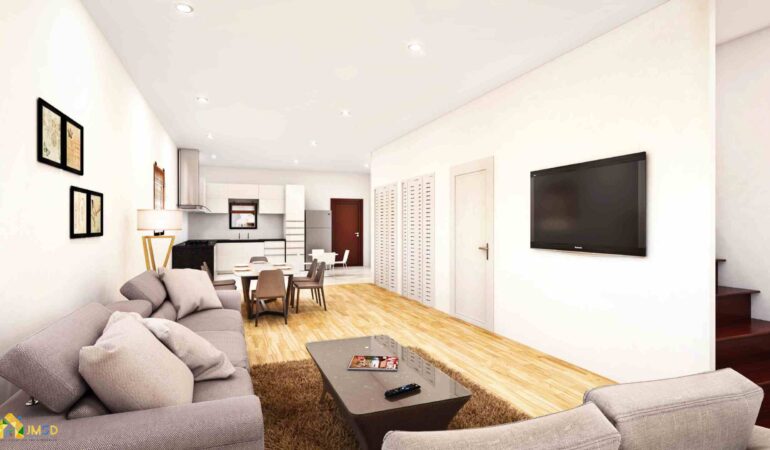
Contact us here for 3D Rendering Services now!? Reach us out with DM here on: | Get in touch email us at [email protected]
FAQs
Q1 : How long does it typically take to complete a winter 3D rendering project?
The duration varies based on project complexity but usually ranges from a few days to several weeks.
Q2 : Can winter 3D rendering be applied to any architectural project?
Yes, winter 3D rendering is versatile and can be applied to residential, commercial, and public infrastructure projects.
Q3 : What factors should be considered when choosing winter elements for rendering?
Regional climate, client preferences, and the overall design concept should be considered.
Q4 : How can architects stay updated on the latest trends in winter 3D rendering?
Following industry publications, attending conferences, and engaging in professional networks are effective ways to stay informed.

